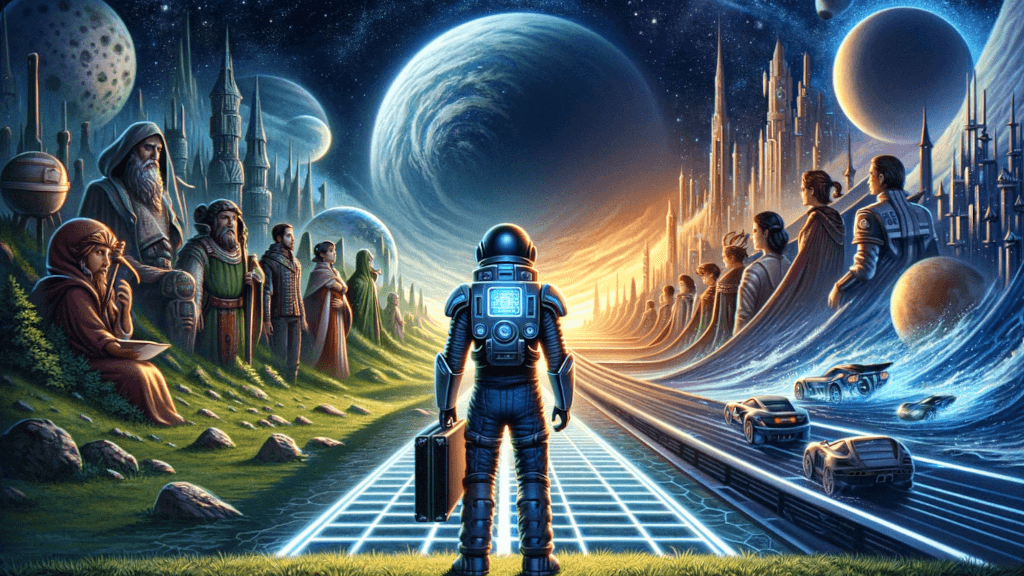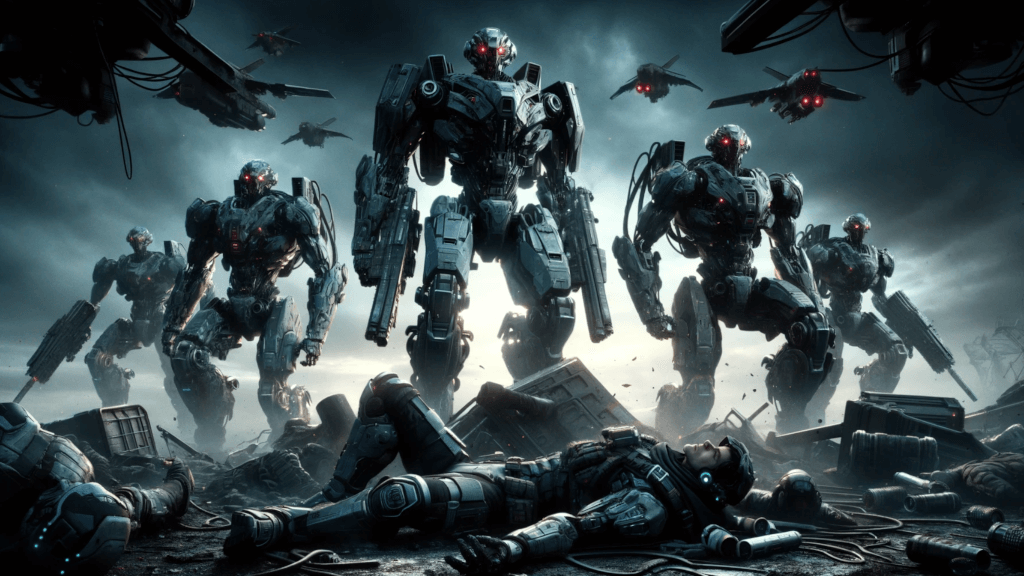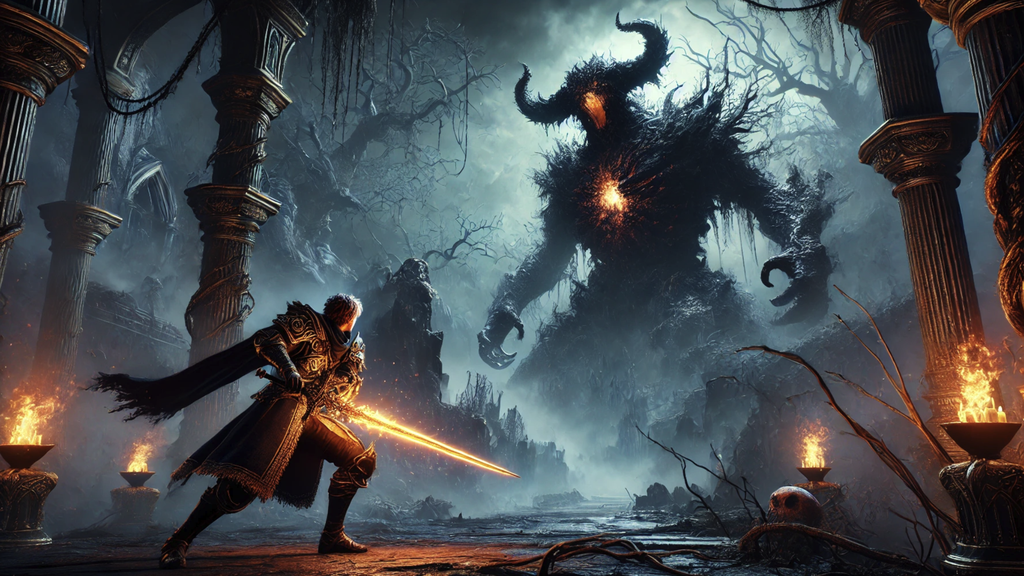In the vast expanse of the gaming universe, few titles have sparked as much anticipation as Bethesda’s Starfield. Touted as the next monumental leap following the success of The Elder Scrolls V: Skyrim, Starfield embarked on its cosmic voyage with high hopes and grand ambitions. However, the journey through the stars has proven to be less of an odyssey and more of a cautionary tale. Within a span of less than six months since its launch, Starfield has witnessed a precipitous drop in its Steam player base, a decline of over 97%, from a peak of 330,273 concurrent players to just under 9,000.
The Gravity of Expectations
Starfield’s descent is not just a story of numbers; it’s a narrative of expectations versus reality. Launched with the promise of unparalleled exploration and adventure across a thousand planets, the game was positioned to be Bethesda’s flagship in the new frontier of space RPGs. However, the reception was mixed, with excitement quickly turning into disillusionment for many players.
The game’s reviews on Steam, which have improved from “mostly negative” to “mixed,” suggest a discrepancy between player expectations and the game’s delivery. While the Steam figures do not account for players who purchased Starfield through the Xbox store or played it via Game Pass, the stark decline in active players is a significant indicator of the game’s current standing in the community.
Navigating Uncharted Territories
Despite the turbulent start, Bethesda has not abandoned ship. The company has outlined ambitious plans to rejuvenate Starfield, including rolling out new updates every six weeks. The latest update brought over 100 fixes to the game, although it fell short on adding substantial new content. Future updates promise “all new ways of travelling” and more, signaling Bethesda’s commitment to turning the tide for Starfield.
In the interim, mods have become the unsung heroes of Starfield, offering enhancements and expansions that have kept the game afloat for a dedicated contingent of players. This community-driven content underscores the potential of Starfield, suggesting that with the right adjustments and additions, the game could still achieve the longevity of its predecessors.
For Starfield to navigate its way out of the current black hole, Bethesda must address the core issues that have deterred players. This includes enriching the exploration experience, ensuring that the vastness of space is filled with engaging content rather than empty expanses. Moreover, responding to community feedback and leveraging mods as a springboard for official content could play a pivotal role in revitalizing the game.
Despite the setbacks, the universe of Starfield remains vast and filled with potential. With Bethesda’s track record of supporting and improving their games post-launch, there’s hope that Starfield can evolve into the game it was meant to be. For players who have ventured onto other worlds, the promise of new updates may serve as a beacon to return and explore the depths of space once more.
Conclusion
Starfield’s journey from a celebrated launch to a significant player decline is a testament to the volatile nature of game development and community expectations. However, in the cosmos of gaming, no star is ever truly extinguished. With a committed developer at the helm and a galaxy of content on the horizon, Starfield still has a chance to chart its course among the stars. Whether it will rise to the pantheon of beloved titles or remain a cautionary tale is a story yet to be told. The next chapter for Starfield is not just about updates or fixes; it’s about recapturing the wonder of space exploration and delivering on the promise of an epic space odyssey. The universe is waiting, and so are we.



